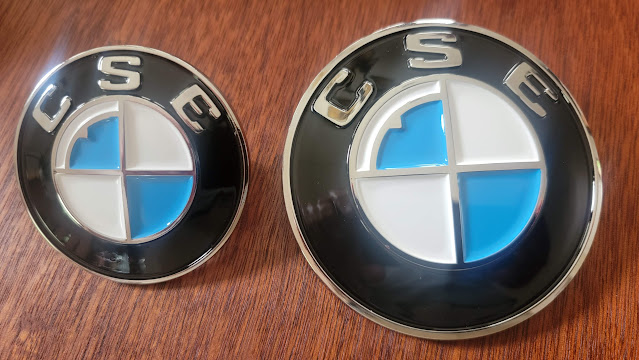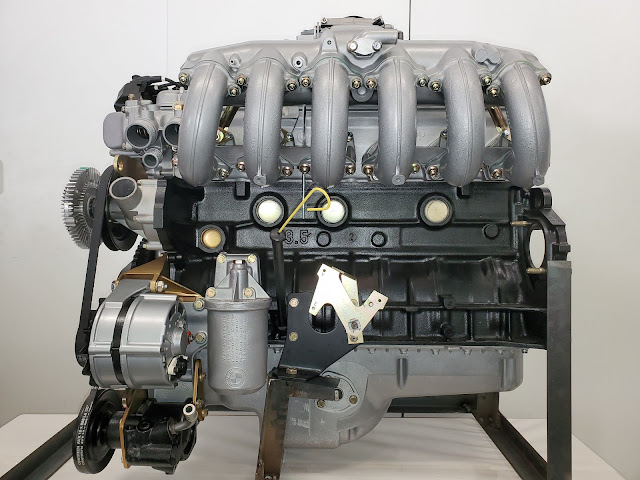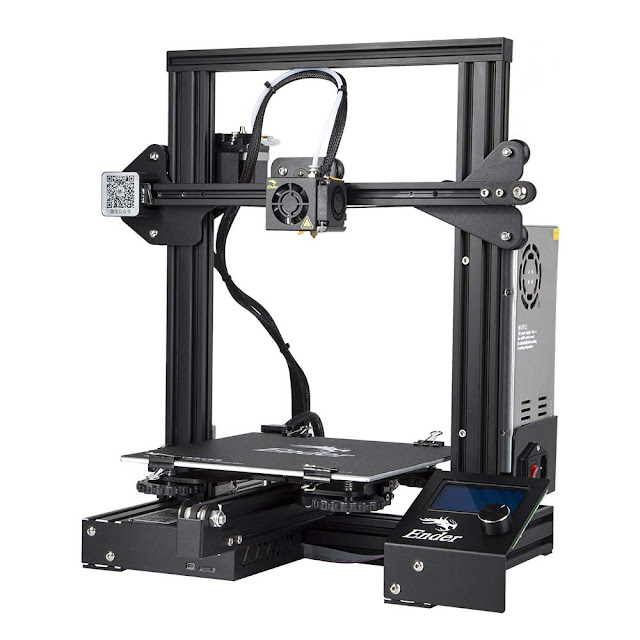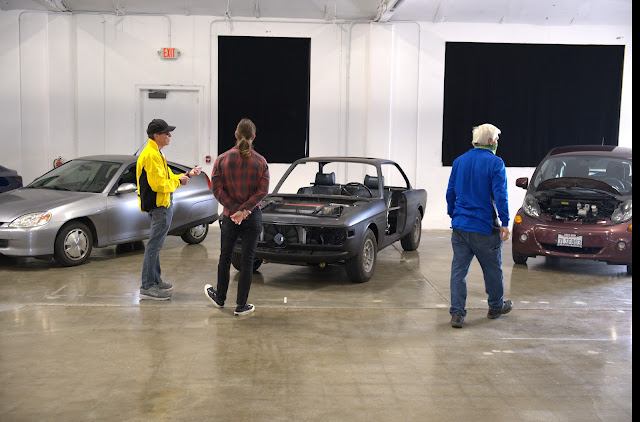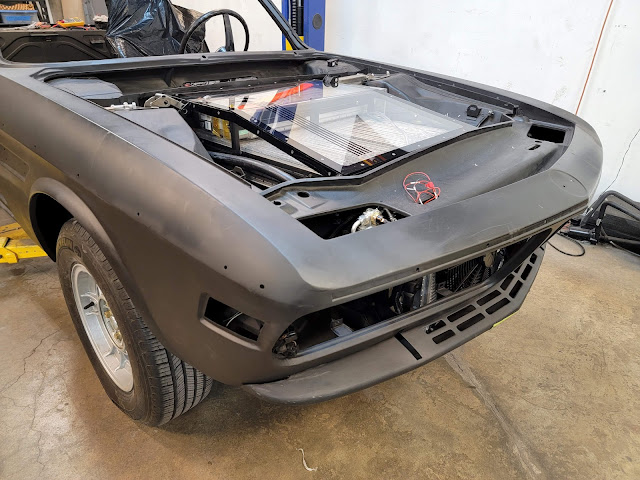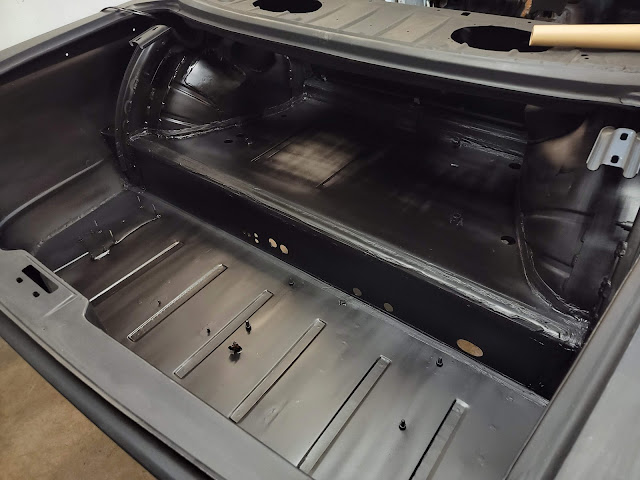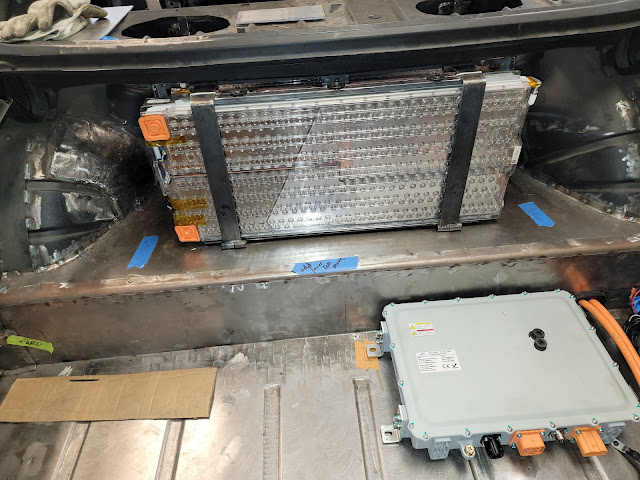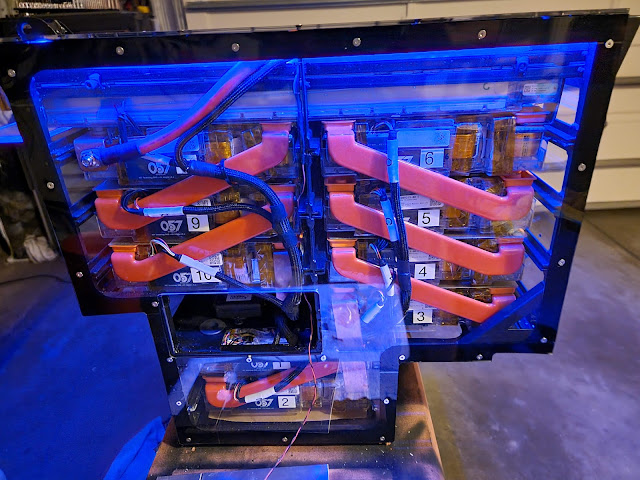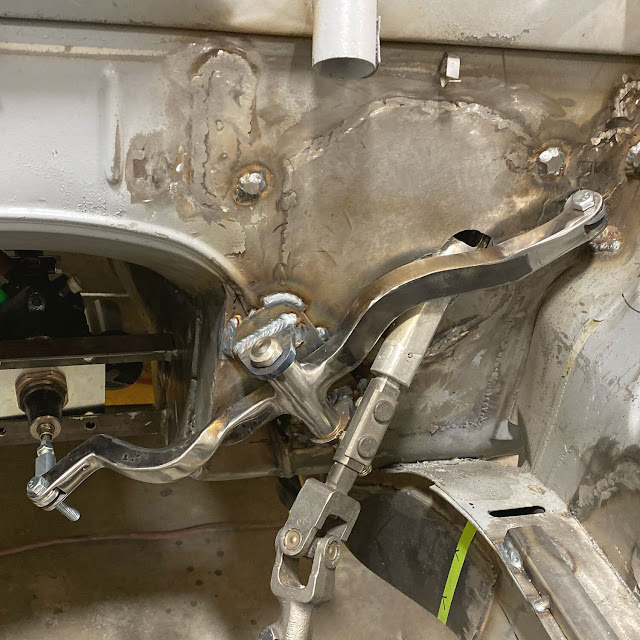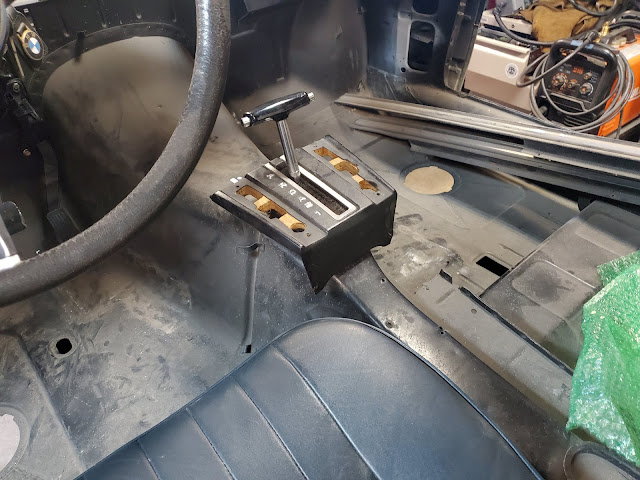Turning up the Heat

After a couple years of lost focus, I'm starting to make progress again. One area that I've been undecided about has been Heating, Ventilation, and Air Conditioning (HVAC). One main decision to make is whether to use the original heater core and A/C evaporator and blower fans or to go with an aftermarket unit. The other is whether to add cabin heat at all. I know I want/need A/C but in Southern California do I really need heat? I didn't add heat to the silver CSE and Alex has been complaining about how cold it gets. I made a list of pros and cons for and against the stock heater/ac and in the end decided on aftermarket. And heat. I also decided I'd add heat to the silver car, which will further delay my build. I used the Restomod Air Vapir 2S in the silver car. They've since come out with the Vapir 3S, which has floor heating and better defroster duct design. We're also using that unit in Sam's customer build but Bre...

